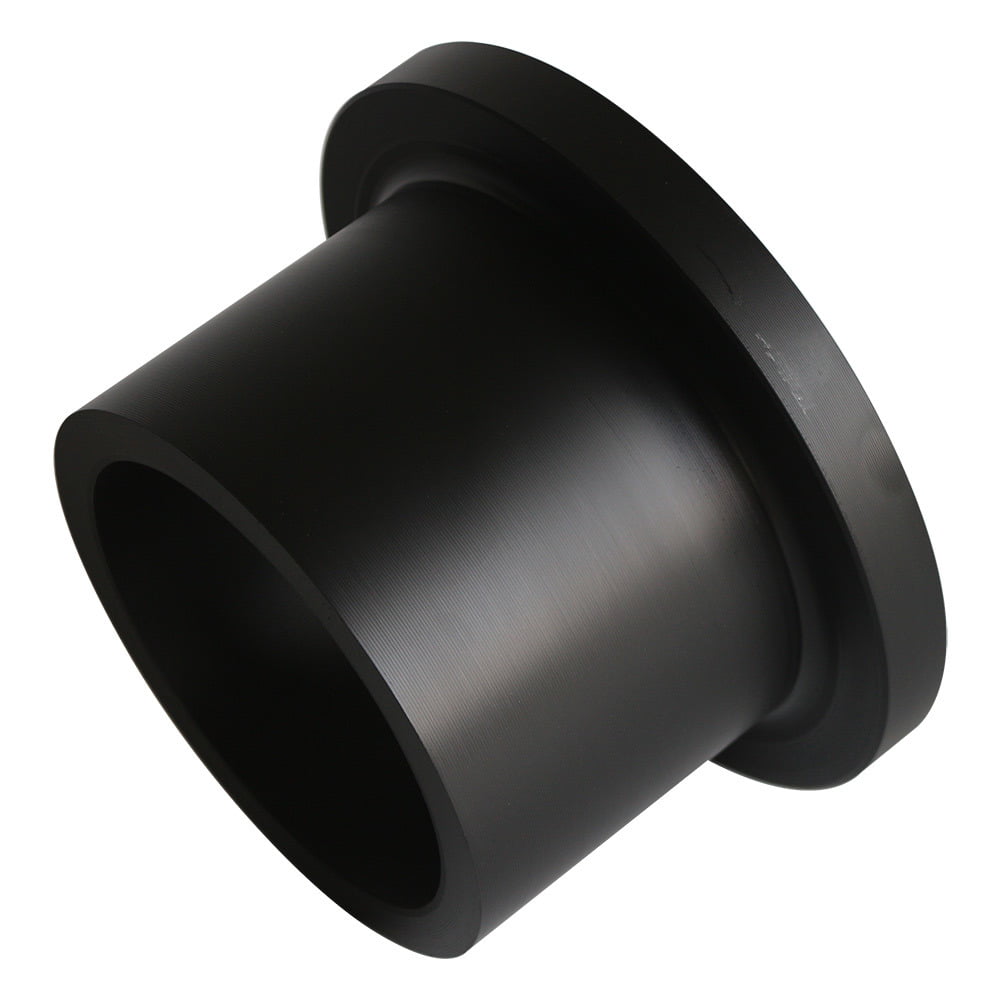A thermoplastic polymer made from the ethylene monomer is known as high-density polyethylene (HDPE) or polyethylene high-density (PEHD). When used for HDPE pipes, it is occasionally referred to as “polythene” or “alkathene.” HDPE has a high strength-to-density ratio and is used to make geomembranes, plastic lumber, corrosion-resistant pipework, and bottles. The resin identification code for HDPE is “2,” and it is frequently recycled. HDPE or High density polyethylene is a type of thermoplastic polymer used as a material to create pipes.
The high strength-to-density ratio of HDPE is well known. Its density ranges from 930 to 970 kg/m3. ISO 1183 part 2 (gradient columns) is the accepted method to test plastic density; ISO 1183 part 1 is also acceptable (MVS2PRO density analyzer). Low branching in HDPE gives it better intermolecular forces and tensile strength (38 MPa against 21 MPa) than LDPE, despite the fact that HDPE’s density is just slightly higher than LDPE’s. HDPE has a higher specific strength because the difference in strength outweighs the difference in density. It can tolerate somewhat greater temperatures (120 °C/248 °F for brief periods) and is also tougher and more opaque. Contrary to polypropylene, high-density polyethylene cannot tolerate the standard autoclaving conditions.
HDPE cannot be glued since it resists many different solvents, hence pipe joints must be formed through welding.
The molding technique used to create a particular sample can affect the physical properties of HDPE; to some extent, this is influenced by the globally standardized testing procedures used to determine these parameters for a particular process. For instance, rotational molding uses the notched constant tensile load test (NCTL) to determine a sample’s environmental stress crack resistance .
Due to these advantageous characteristics, HDPE pipes are appropriate for use with waste water and drinking water (storm and sewage)
HDPE pipes are mainly used for its chemical resistant properties and is great as potable water pipes, drain pipes and water lines. It is great for laundry, shampoo, conditioner, household cleaning products, motor oil, antifreeze and recycling bins.
HDPE stud end have varying sizes to use with distinct length.
The table below shows the latest retail Feb 2022 prices of HDPE Stud End in Philippines Peso price per pieces including its size.
Price and Standard Sizes of HDPE Stud End per pc in the Philippines
| SIZE | PRICE | |
| 1-1/4″ | DN40 | 130.00 |
| 1-1/2″ | DN50 | 145.00 |
| 2″ | DN630 | 160.00 |
| 2-1/2″ | DN75 | 215.00 |
| 3″ | DN90 | 305.00 |
| 4″ | DN110 | 415.00 |
| 6″ | DN160 | 1050.00 |
| 8″ | DN225 | 1850.00 |
| 10″ | DN280 | 3000.00 |
| 12″ | DN315 | 4000.00 |
| 14″ | DN355 | 4050.00 |
| 16″ | DN400 | 5400.00 |
| 18″ | DN450 | 10900.00 |
| 20″ | DN500 | 14800.00 |
| 22″ | DN560 | 18900.00 |
| 24″ | DN630 | 23500.00 |
UPDATED: Construction Material Prices for HDPE Stud End in the Philippines (Feb 2022)
UPDATED: All Construction Prices are based on retail prices around hardware in Metro Manila
To see other material construction, please see here.
To know other construction guides, tips, and methodology for beginners, veterans, and contractors, please see here.

